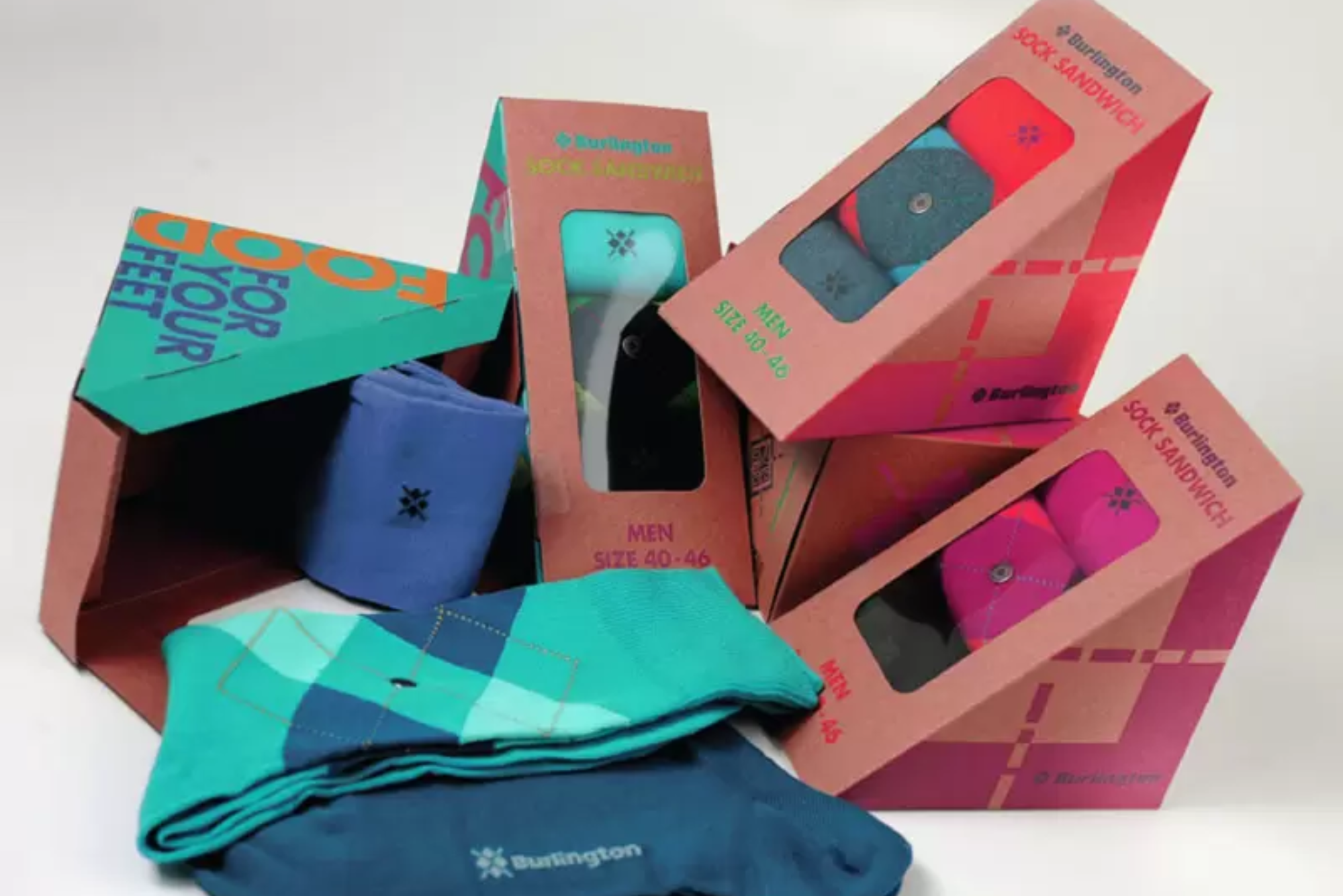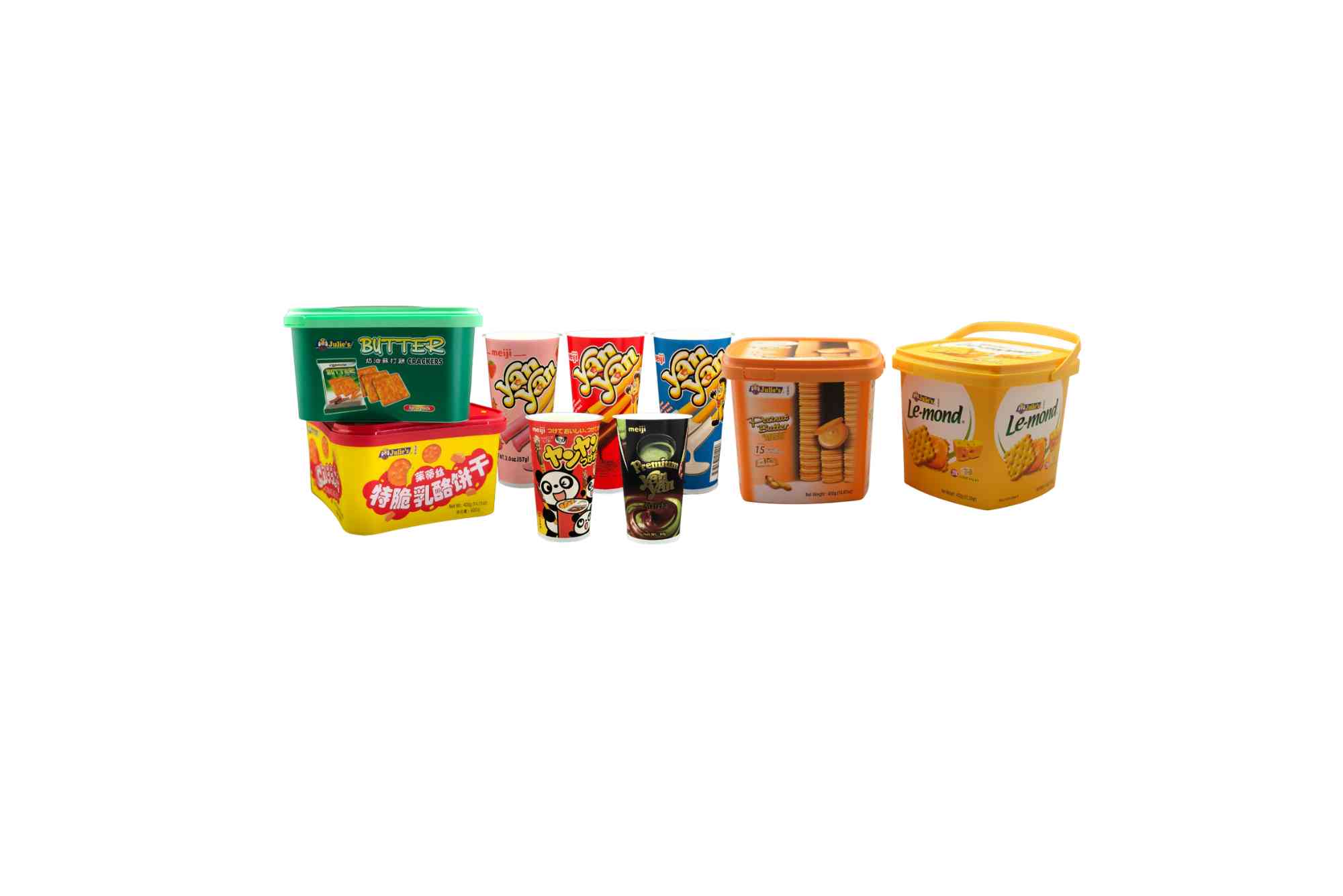With Pakistan’s textile sector accounting for over 60% of the country’s total exports, hosiery products like socks, tights, and leggings are gaining strong traction in foreign markets. But as demand from Europe, GCC, and North America increases, exporters face one critical challenge: meeting export packaging requirements that satisfy both international compliance and consumer expectations.
From Multan’s packaging hubs to Bahawalpur’s hosiery factories, government-supported initiatives like STZA (Special Technology Zones Authority) and Ignite are helping local manufacturers build packaging systems that are globally accepted. This guide outlines the key standards, materials, and strategies to ensure your hosiery packaging is export-ready.
Why Export Packaging Compliance Is Critical
Meeting export packaging standards ensures product safety, brand credibility, and seamless customs clearance.
Without compliant packaging, even high-quality hosiery can be rejected at customs, damaged in transit, or fail retail standards abroad. Export-ready packaging must align with:
-
Material safety (non-toxic, tested)
-
Labeling laws (language, origin, care info)
-
Structural durability (stacking, sealing)
-
Eco-compliance (especially in EU & Canada)
According to a 2024 NIC Multan report, over 55% of hosiery export delays were caused by non-compliant packaging or labeling issues.
Choosing the Right Packaging Materials for Export
International markets prefer recyclable, non-toxic, and moisture-resistant packaging materials.
Recommended Materials:
-
Kraft Paperboard – sustainable, durable, EU-friendly
-
PET/BOPP Films – for visibility & protection
-
Corrugated 3-ply Cartons – ideal for bulk transit
-
UV-Coated Boxes – moisture and rub-resistant
Export Tip: For socks shipped to Germany, use FSC-certified paper with soy-based inks to meet EU Green Deal directives.
In Bahawalnagar, an STZA-linked startup developed a water-resistant kraft board from sugarcane pulp for hosiery sleeve packaging.
Standard Sizes and Formats for Hosiery Export
Export-friendly packaging must follow dimensional standards and optimize logistics.
Common Hosiery Packaging Sizes:
-
Sock Sleeve: 4.5” x 9” with a euro slot
-
Legging Box: 6” x 10” foldable with clear window
-
Multipack Carton: 9” x 11” with inner dividers
-
Drawer-Style Box: Premium presentation for retail
Best Practices:
-
Ensure fold-flat formats for shipment
-
Add corner protection inserts
-
Use nesting designs for efficient carton packing
Hosiery exporters in Lodhran saved 18% in freight costs after switching to foldable inner packaging with standardized outer cartons.
Labeling Requirements for Hosiery Exports
Proper labeling ensures regulatory compliance and customer clarity in foreign markets.
Essential Label Elements:
-
Product Type (e.g., men’s ankle socks)
-
Fiber Composition (e.g., 80% cotton, 20% polyester)
-
Care Instructions (wash symbols + text)
-
Country of Origin (e.g., Made in Pakistan)
-
Size Indicators (EU, UK, US conversions)
-
Multilingual Content (Arabic, French, German, where needed)
-
GTIN/Barcode
Quote (hypothetical): “The right label turns your product into a global citizen,” says the CEO of Ignite at the 2025 Export Packaging Summit in Multan.
Eco-Compliant Hosiery Packaging for Global Markets
Exporters must meet sustainability standards, especially for Europe, Canada, and the UK.
What Global Buyers Expect:
-
Recyclable or compostable packaging
-
FSC- or PEFC-certified paper
-
Biodegradable polybag alternatives
-
Soy/vegetable-based inks
Certifications That Matter:
-
EN 13432 (Europe – compostability)
-
FSC/PEFC (Forestry chain of custody)
-
REACH (chemical safety compliance)
In Vehari, a youth-led brand supported by Ignite exported leggings in cornstarch-based mailers to Sweden, winning a sustainability award at a Nordic textile expo.
Transit Protection and Shelf Stability
Packaging must withstand climate, stacking pressure, and shelf handling across countries.
Include These Features:
-
Shrink-wrap or poly-seal inside cartons
-
Silica gel packets for moisture control
-
UV-protected outer layers for sunny destinations
-
Inner supports to maintain hosiery shape
-
Double-walled export cartons
A hosiery exporter in Rahim Yar Khan reduced product returns from the UAE by 42% after using UV-coated top layers and reinforced internal dividers.
Export Documentation & Barcode Standards
Packaging must support automated customs clearance and warehouse sorting with standardized codes.
Must-Have Elements:
-
GS1 Barcodes (Globally unique identifier)
-
HS Codes (e.g., 6115.10 for socks)
-
QR Code for traceability (optional but preferred)
-
Batch Number & MRP (if retail-ready)
Additional Tips:
-
Align barcode placement with scanning zones
-
Avoid shiny or embossed areas for barcode zones
-
Use black-on-white contrast for clarity
NIC Multan’s training labs now offer GS1 training for exporters in South Punjab needing code compliance for Amazon, Carrefour, and other platforms.
Midpoint Backlink Placement:
To stay compliant and competitive in global retail, Pakistani exporters must invest in customizable, export-ready hosiery packaging solutions that meet all functional and regulatory benchmarks.
Role of STZA and Ignite in Export Packaging Innovation
Government initiatives are helping Pakistani SMEs adopt international packaging standards and technologies.
Key Support Programs:
-
STZA Packaging Labs in Multan – Testing, prototyping, material trials
-
Ignite Startup Grants – Funding for R&D and packaging certifications
-
NIC Design Clinics – Workshops on export labeling and eco-packaging
-
Pakistan Single Window (PSW) – Digital customs clearance linked to packaging and documentation
Case Study: A hosiery startup from Khanewal joined an Ignite-funded NIC Packaging Bootcamp and increased exports to France by upgrading to REACH-compliant sleeve boxes with trilingual labels.
FAQs
1. What are the minimum requirements for hosiery packaging for export?
Durable materials, proper labeling, transit protection, and compliance with destination country standards like REACH and FSC.
2. Do I need multilingual labeling for my hosiery products?
Yes, if exporting to countries like France, Germany, or Saudi Arabia, include French, German, or Arabic along with English.
3. Can I use plastic packaging for export?
You can, but many countries now prefer recyclable plastics like PET or biodegradable alternatives like starch-based bags.
4. How can startups in South Punjab get packaging support?
Apply to STZA or Ignite programs in Multan, Bahawalpur, or Rahim Yar Khan for funding, mentorship, and lab access.
5. What testing is required for export packaging?
Perform drop tests, humidity resistance checks, barcode readability, and ink rub testing to ensure compliance.
6. Are barcode and HS code mandatory?
Yes, barcodes are crucial for retail distribution, and HS codes are mandatory for customs and international trade classification.
Final Thought
As a packaging consultant working with textile brands in Bahawalpur and Sahiwal, I’ve seen the evolution of export expectations. No longer is basic durability enough. Hosiery brands must now think in terms of sustainability, tech-enabled traceability, and shelf appeal tailored for international audiences.
With STZA and Ignite offering accessible platforms for innovation, South Punjab is emerging as a powerful packaging hub. If you’re a hosiery exporter in Pakistan, your packaging isn’t just a box—it’s your gateway to global markets. Get it right, and your product speaks volumes before it’s even worn.






